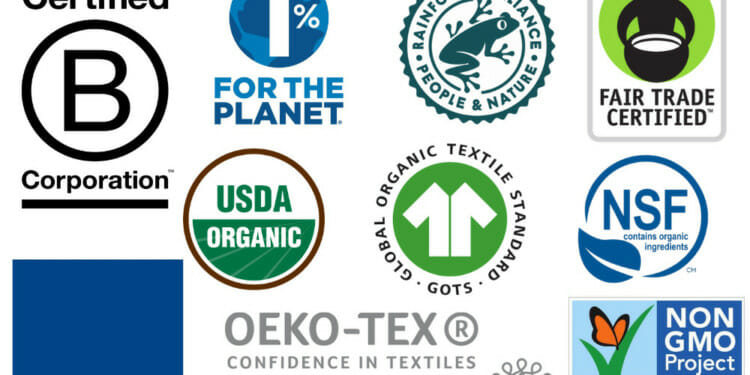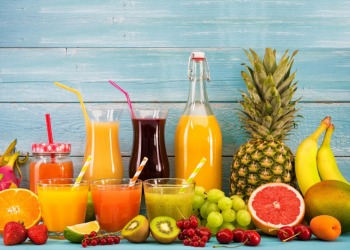Environmental and ethical labels should help consumers make better informed choices, but they’re not always so clear-cut. Get to know what they mean and understand their limitations so you can start factoring th(1)em in when you shop.
Environmental labels: (1) Natural
A product can claim to be “natural” if it contains ingredients found in nature. These can be of plant origin, such as herbs, mineral origin such as clay, or animal origin, like honey. There is no specific label for natural ingredients and it is not mandatory for products to disclose what percentage of their ingredients are natural. A product labelled “natural” may contain as little as 20 percent natural ingredients, compared to one labelled “organic” which must be at least 95% natural and organic in the EU.
It’s important to bear in mind that a product can be natural, but grown with pesticides and GMOs, so something that presents itself as “natural” does not necessarily mean it is organic. Even a claim to be 100 percent natural is not a guarantee. A 100 percent natural product simply means the final product is derived entirely from natural ingredients, without additional solvents or chemicals.
One example of a 100 percent natural product is an essential oil, which is the natural oils of a plant extracted by a process called steam distillation, which preserves the active ingredients and properties of the plant. To indicate that a product made from natural ingredients has been treated with the addition of a chemical agent, like a solvent, a product may state that its a “product of natural origin“.
Environmental labels: (2) Organic
A product that is certified organic is free of pesticides, chemical fertilizers and dyes, and was not processed using industrial solvents, irradiation, or genetic modification (GMO). In cosmetics, it also means the absence of ingredients such as:
- parabens & phenoxyethanol;
- synthetic additives like silicones;
- mineral oils and paraffins, which are derivatives of the petroleum industry obtained by distillation of coal, petroleum and certain shales;
- synthetic ingredients;
- preservatives;
- synthetic fragrances.
Ethical labels: (1) Vegan
The Certified Vegan Logo is a registered trademark for products that do not contain animal products or byproducts, and that have not been tested on animals. It respects the following:
- Does not contain meat, fish, fowl, animal by-products (including silk or dyes from insects), eggs or egg products, milk or milk products, honey or honey bee products, or has not been clarified or finished with any animal products.
- Does not contain or has not been sourced from leather, fur, silk, feathers, down, bone, horn, shell, wool, cashmere, shearling, angora, animal skin, suede, or mohair.
- No animal testing was carried out on any of the ingredients or the finished product.
- No known animal-derived GMOs or genes used to manufacture ingredients or finished products.
Ethical labels: (2) Cruelty Free
The Leaping Bunny Logo is an internationally recognized symbol guaranteeing consumers that no animal tests were conducted on ingredients, formulations, or finished products of the item that carries it. It is also a pledge not to do so in the future.
Now that you understand what these labels mean, you are in a better position to look out for products that are environmentally safe and ethical.
Editor’s Note: The opinions expressed here by Impakter.com columnists are their own, not those of Impakter.com. — Featured Photo: Menstrual cup in hand. Photo Credit: Environmental and ethical labels Source: Ethical sustainable certification to look for when shopping










